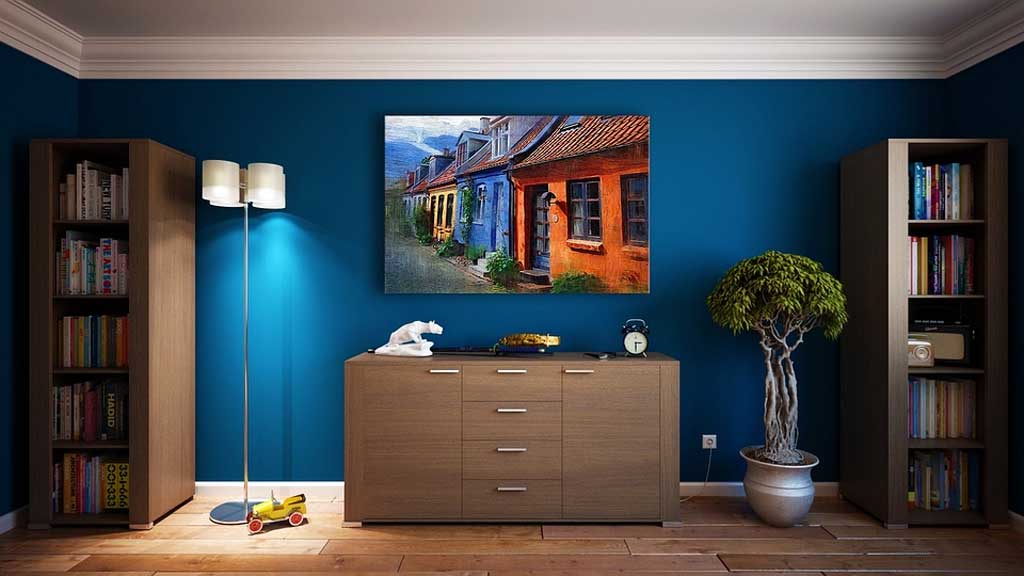Introduction:
Interior design is the art of transforming spaces into beautiful, functional environments. If you have a knack for aesthetics, an eye for detail, and a passion for creating harmonious living and working spaces, then embarking on an interior design course could be the first step towards a fulfilling and creative career. In this blog, we’ll delve into the world of interior design courses, what you can expect to learn, and how to kickstart your journey toward a career that revolves around creating beautiful interiors.
Chapter 1: Why Choose a Career in Interior Design
- Creativity and aesthetics: Highlight the significance of creativity and the joy of making spaces beautiful and functional.
- High demand: Discuss the growing demand for interior designers as people increasingly seek personalized and well-designed spaces.
- Versatility: Explore the diverse range of projects interior designers can work on, from residential homes to commercial spaces and hospitality environments.
Chapter 2: What to Expect from an Interior Design Course
- Core curriculum: Explain the foundational topics covered in a typical interior design course, including design theory, space planning, color theory, and materials.
- Hands-on experience: Discuss the importance of practical training, which includes design projects, client consultations, and using design software.
- Design aesthetics: Showcase how these courses nurture and enhance your sense of style and creativity.
Chapter 3: Choosing the Right Interior Design Course
- Accreditation and reputation: Stress the importance of enrolling in accredited institutions with a strong reputation in the field of interior design.
- Course duration and flexibility: Explore different course options, from short-term certificates to comprehensive degree programs.
- Scholarships and financial aid: Provide information on potential funding sources and scholarships to ease the financial burden for aspiring interior designers.
Chapter 4: Life as an Interior Design Student
- A typical day: Offer readers a glimpse into the life of an interior design student, including classes, studio work, and field trips.
- Challenges and rewards: Discuss the challenges students might encounter, such as tight deadlines and the satisfaction of seeing a design project come to life.
- Networking opportunities: Highlight the significance of building professional relationships within the design industry, including internships and industry events.
Chapter 5: Beyond Graduation – Career Opportunities
- Entry-level positions: Explore entry-level roles for recent graduates, such as junior designers, assistant designers, or CAD drafters.
- Entrepreneurship: Encourage students to consider launching their own interior design firms or working as freelance designers.
- Staying current: Provide insights on how to stay updated with the latest design trends and build a strong professional network.
Chapter 6: Conclusion – Design Your Future with an Interior Design Course
- Summarize the key takeaways from the blog.
- Reiterate the fulfilling and creative aspects of pursuing an interior design course.
- Encourage readers to follow their passion, research suitable courses, and take the first step toward a creative career that transforms spaces into works of art.
Interior design is not just about decorating rooms; it’s about creating functional, aesthetically pleasing environments that reflect the personalities and needs of the occupants. If you have a passion for design and the desire to turn ordinary spaces into extraordinary ones, then an interior design course can equip you with the skills and knowledge necessary to thrive in this dynamic and ever-evolving field. So, if you’re ready to design your future, start your journey in interior design today!

